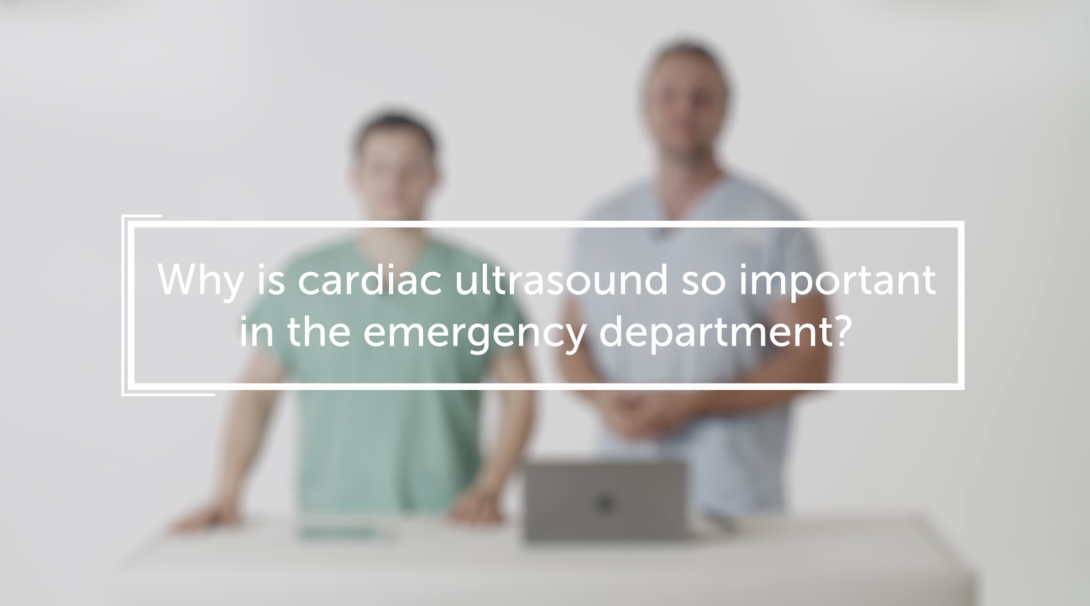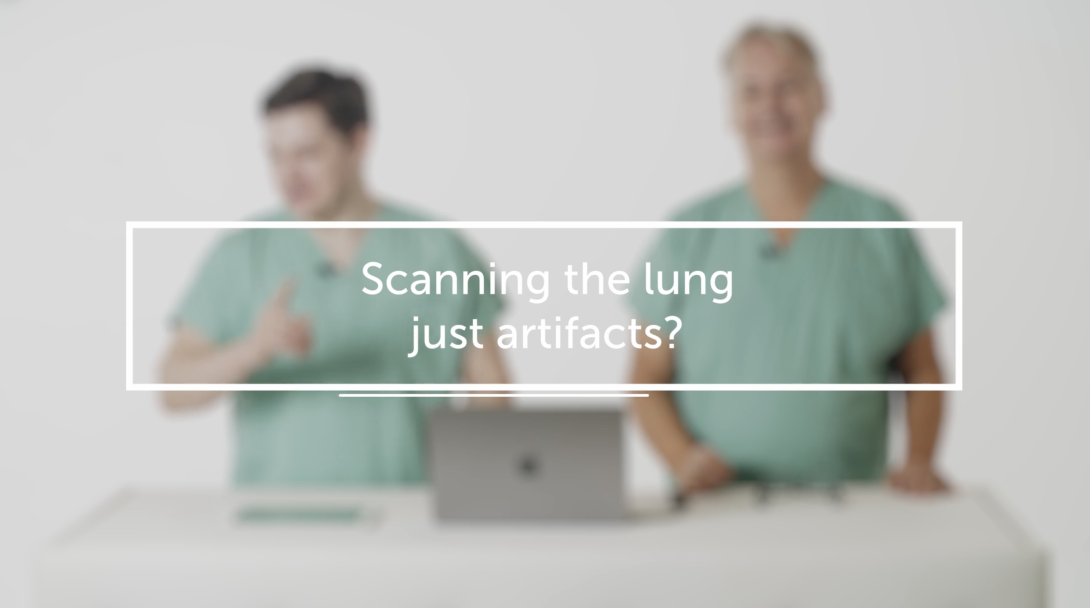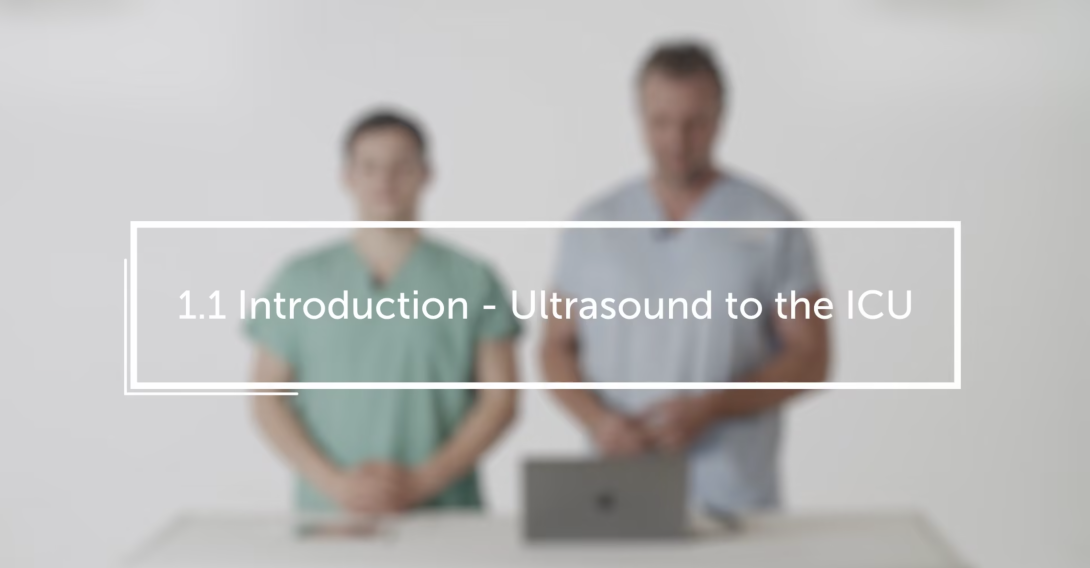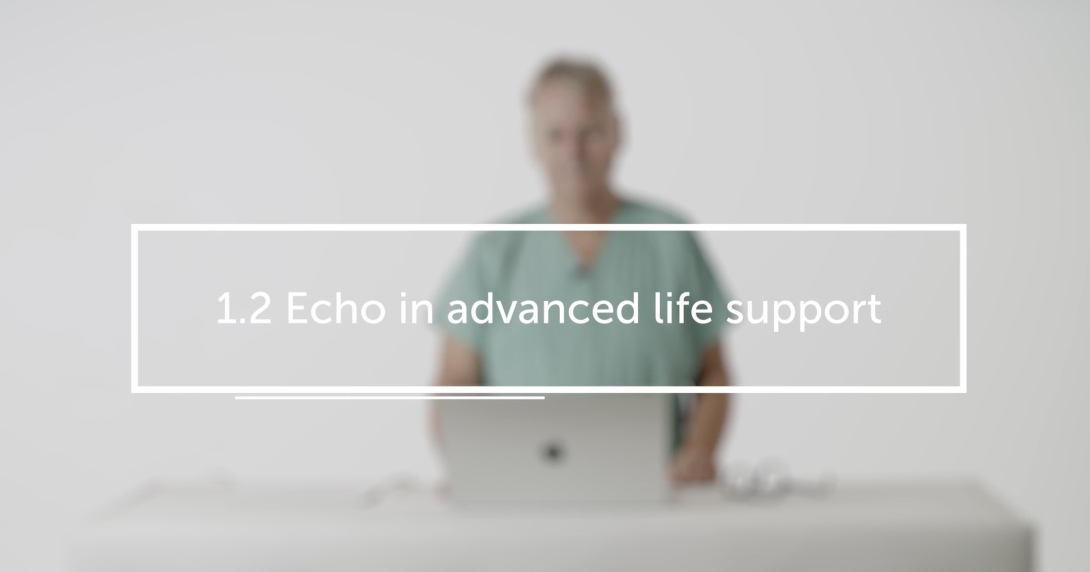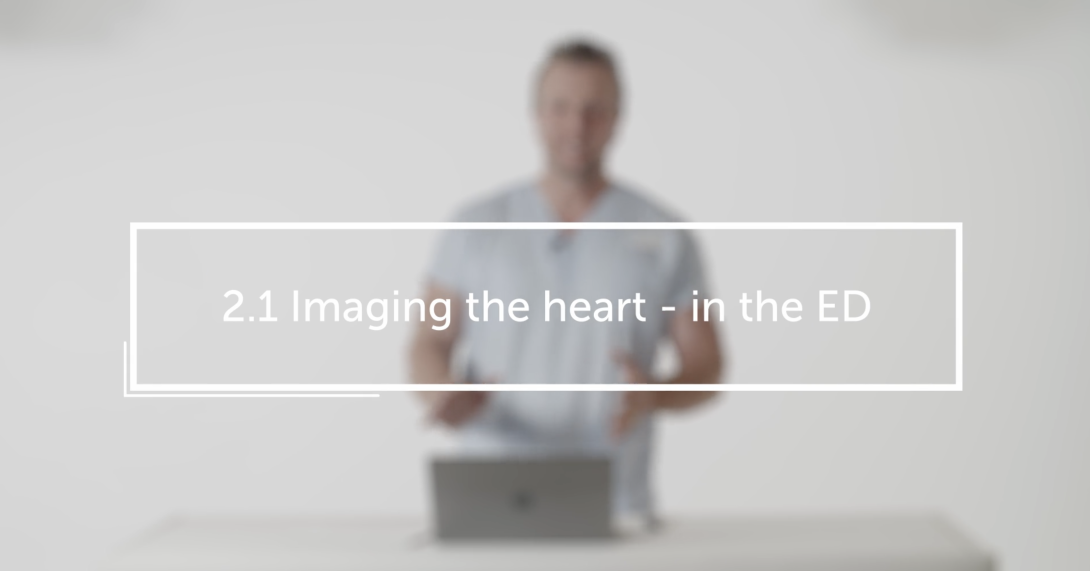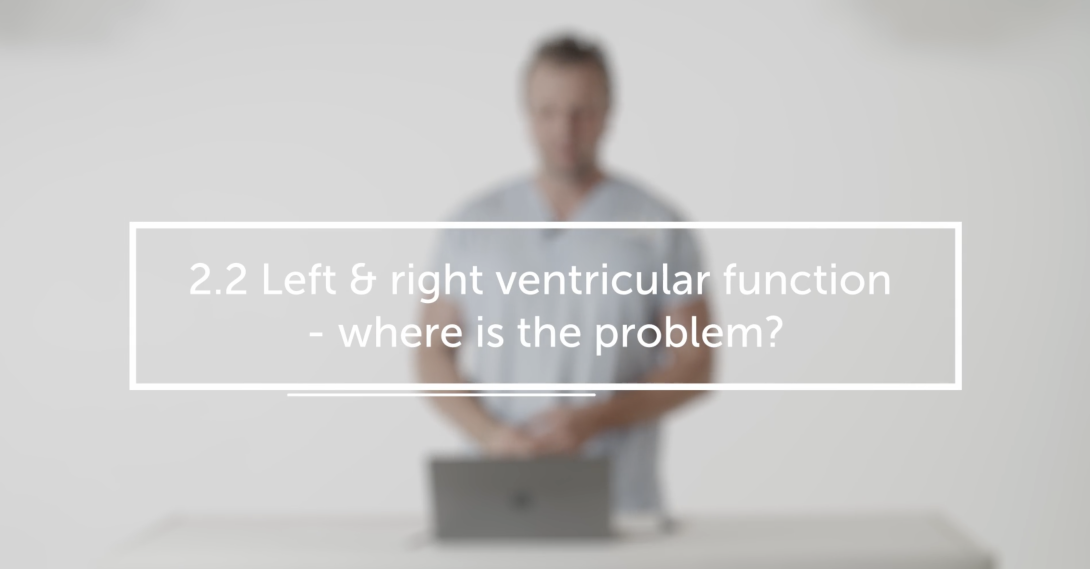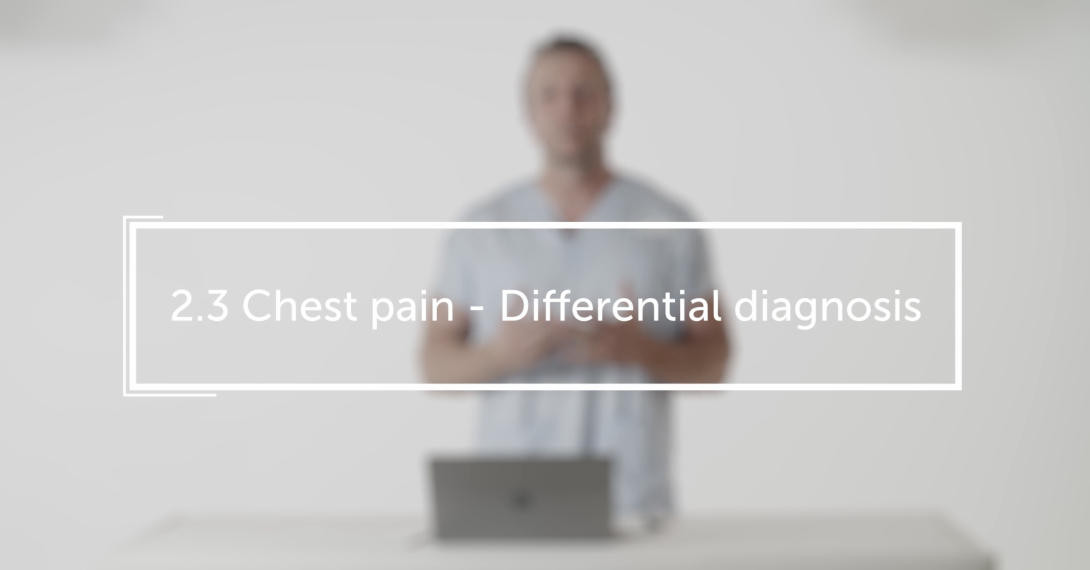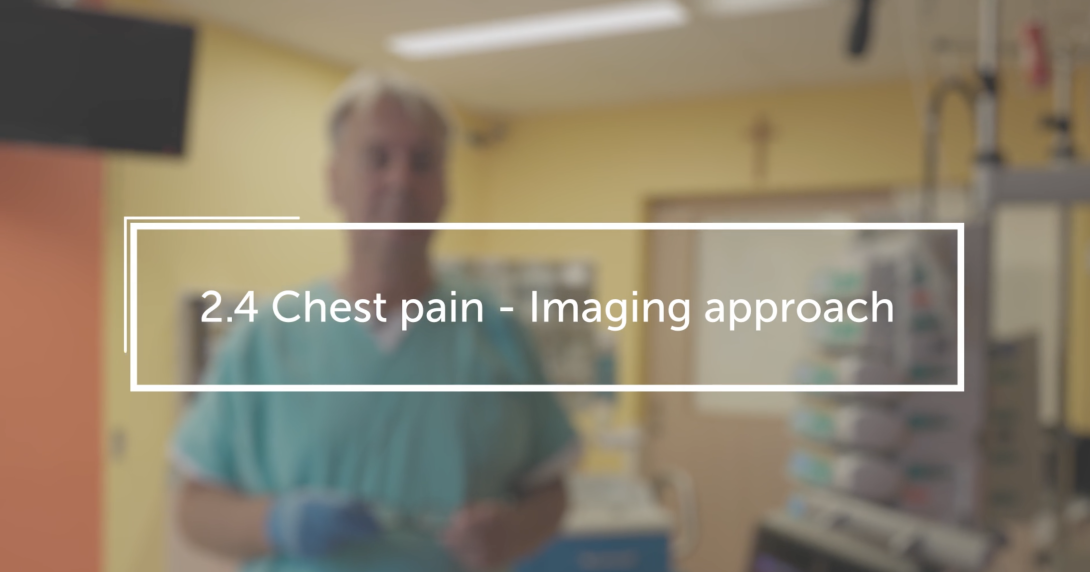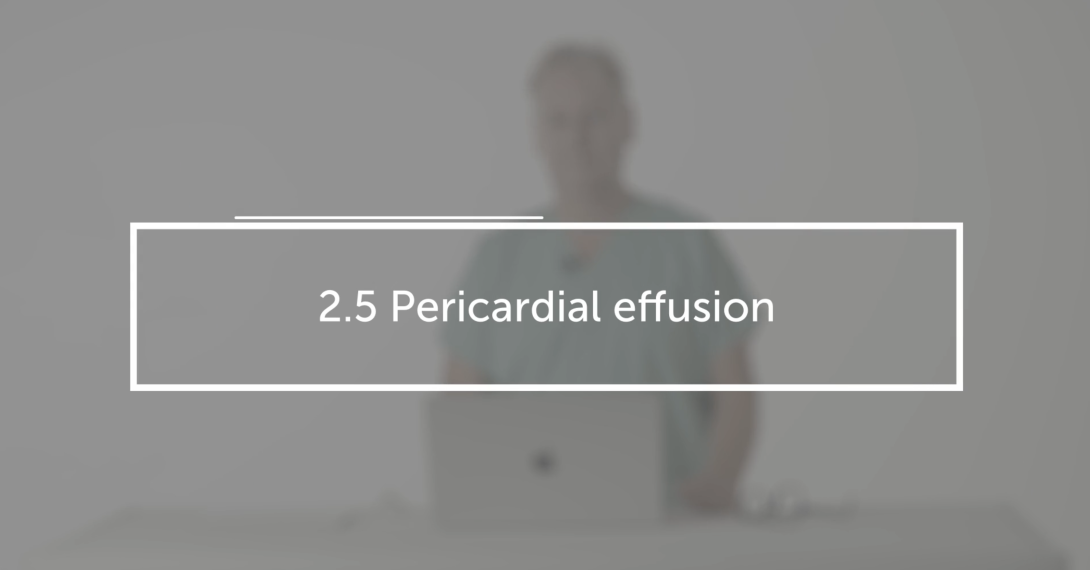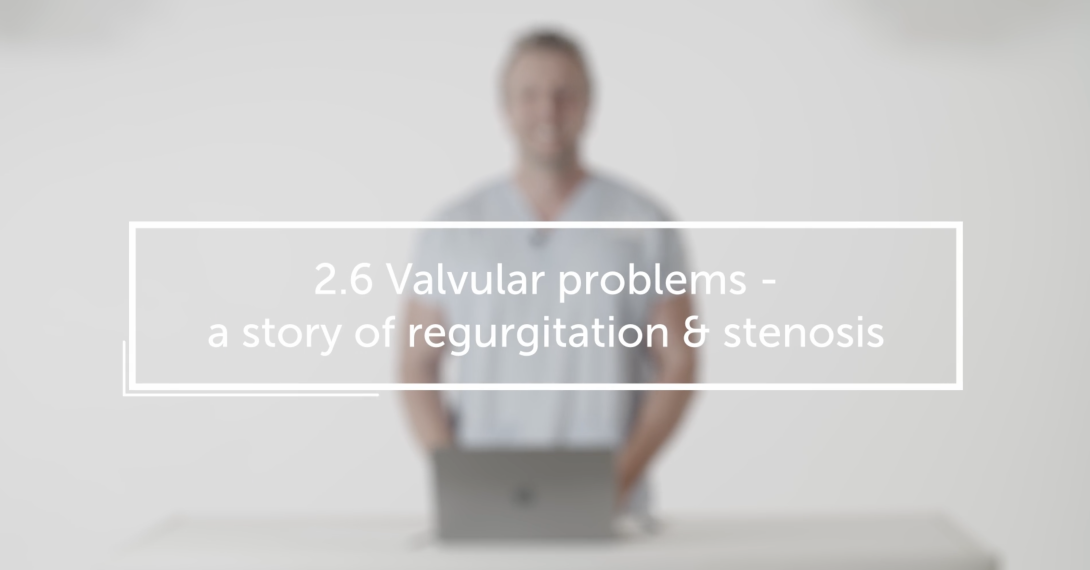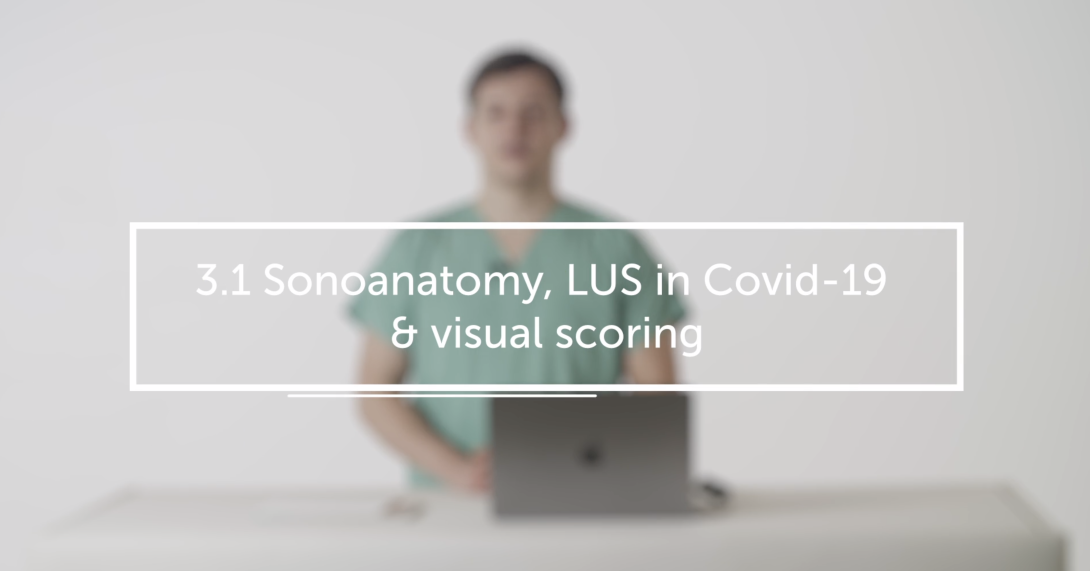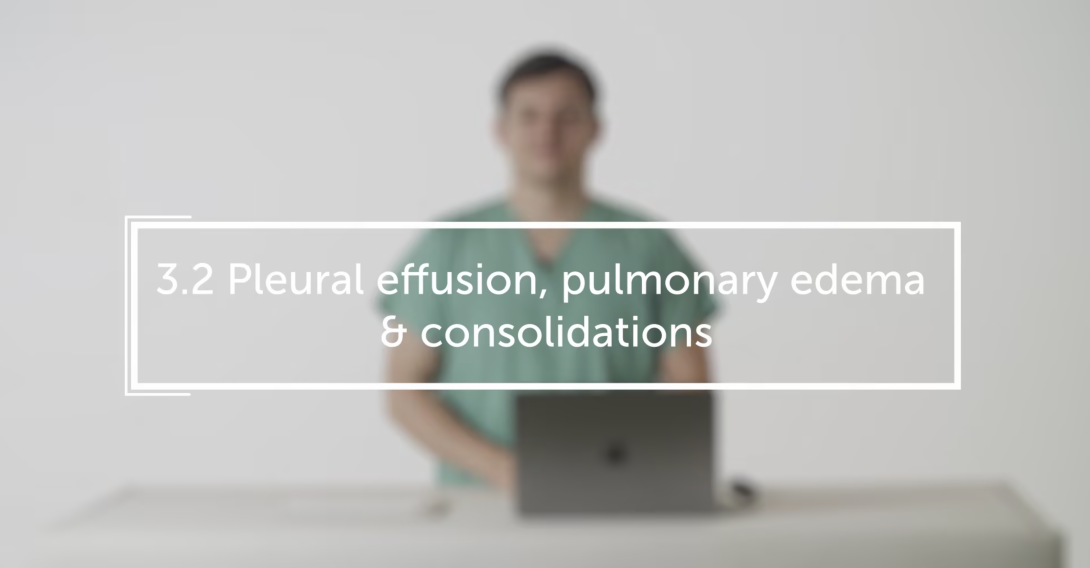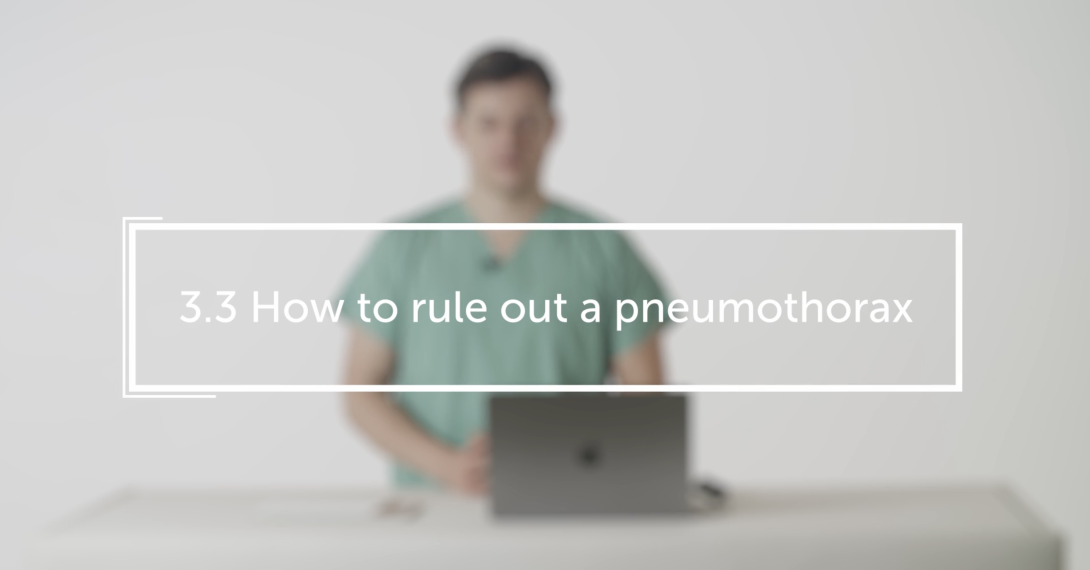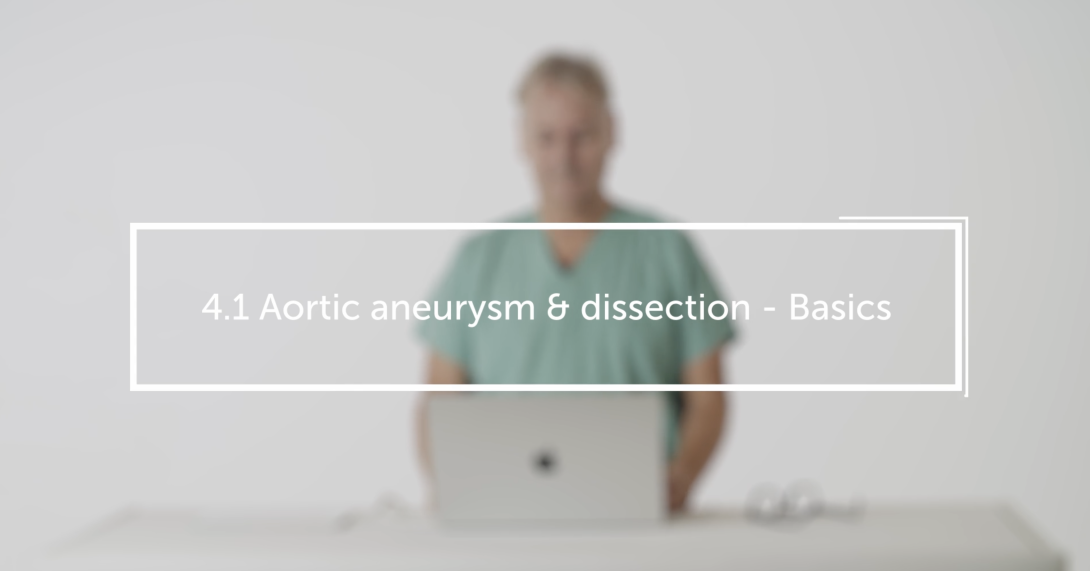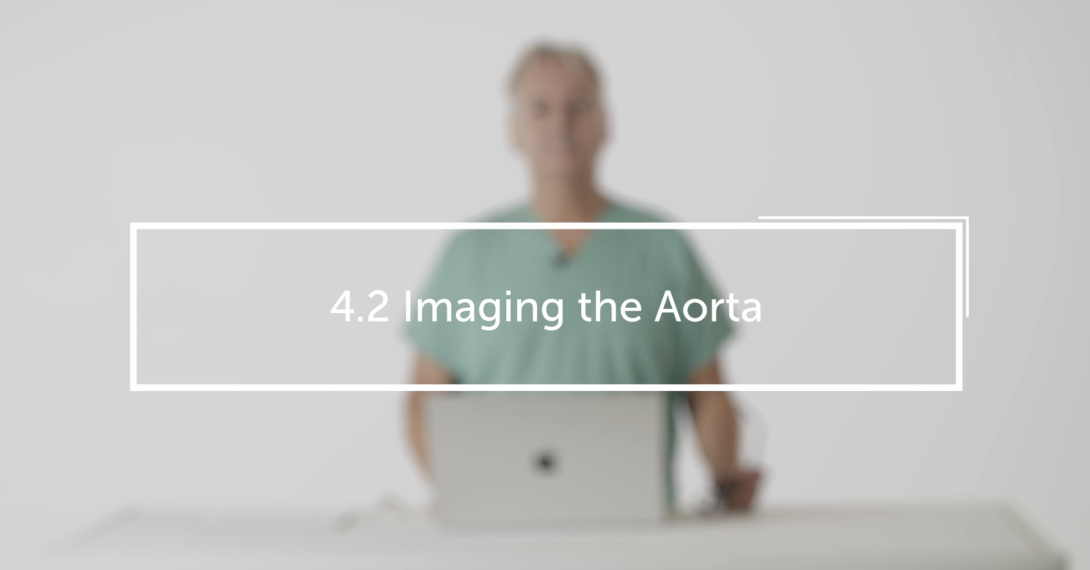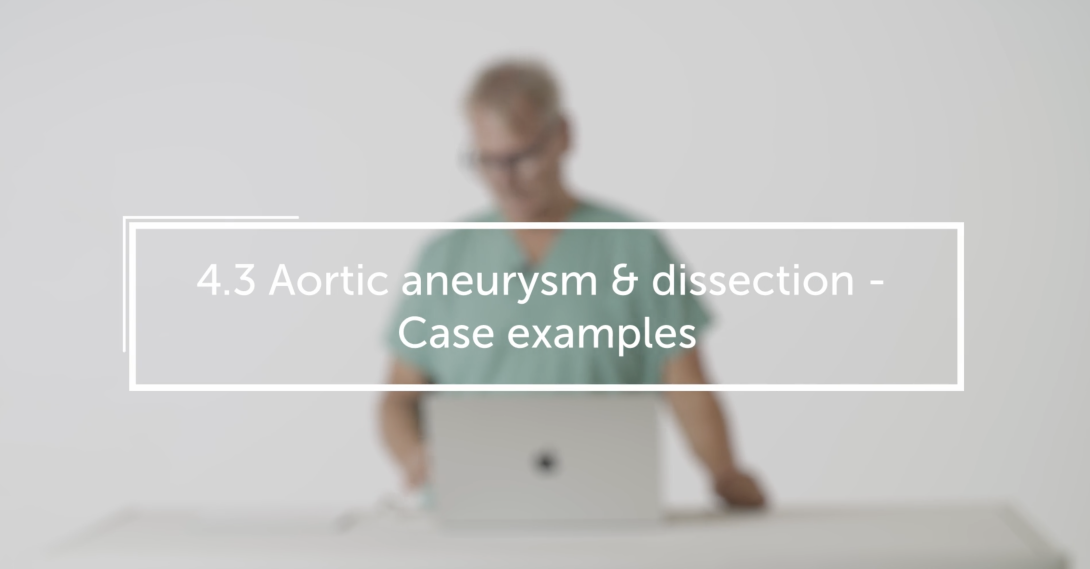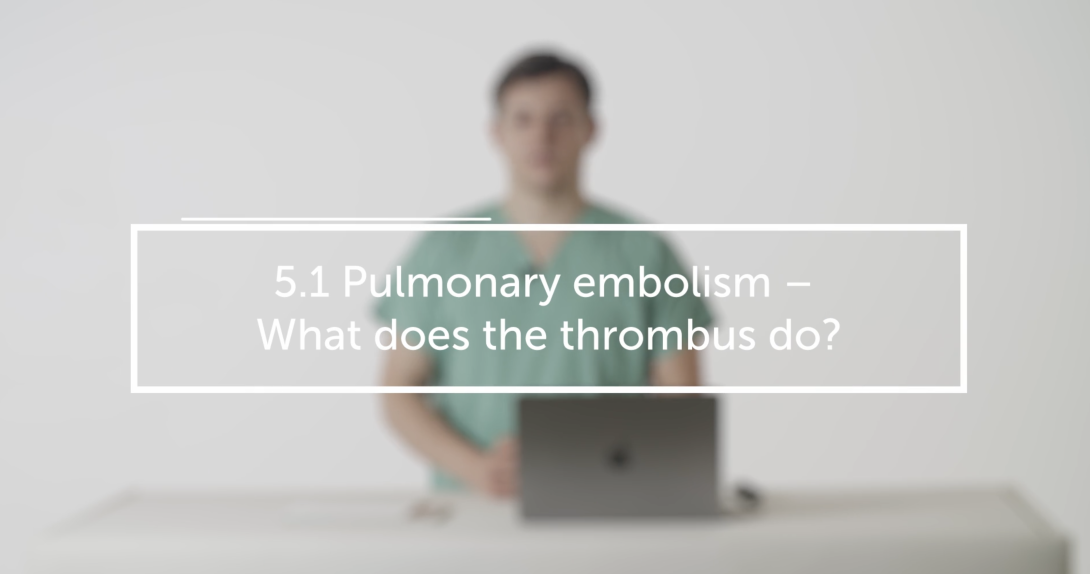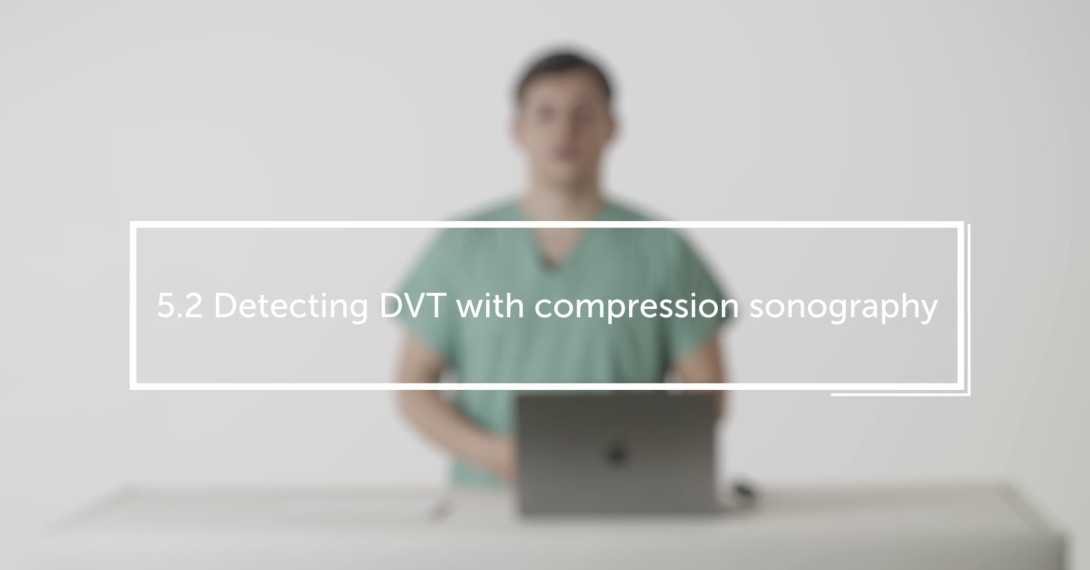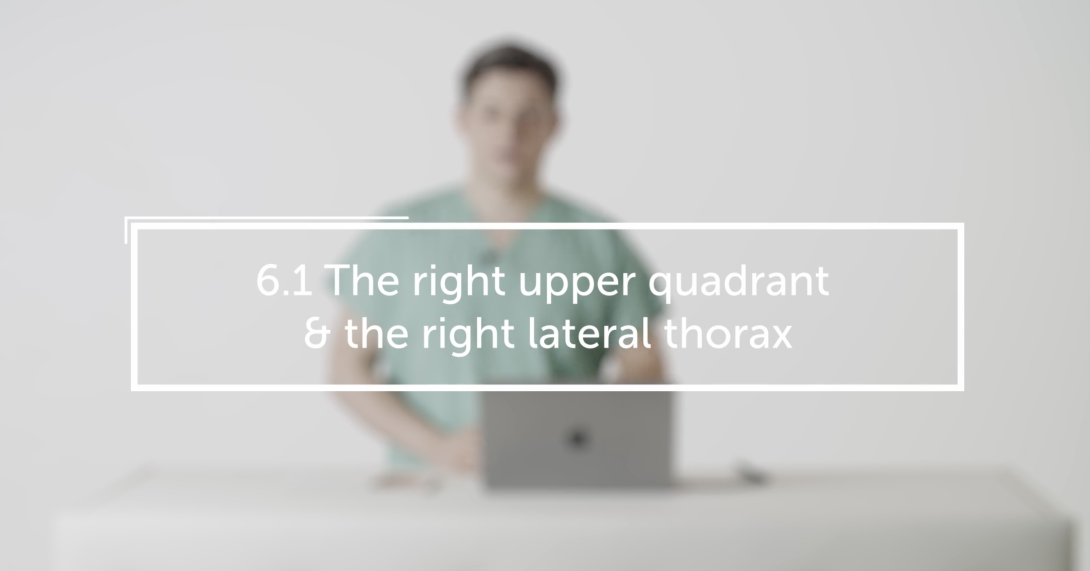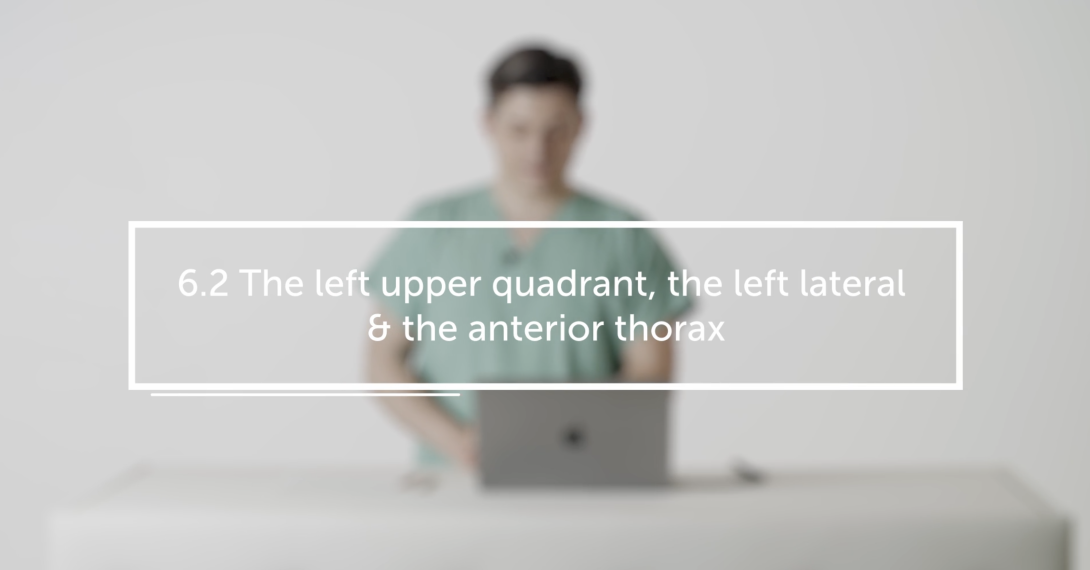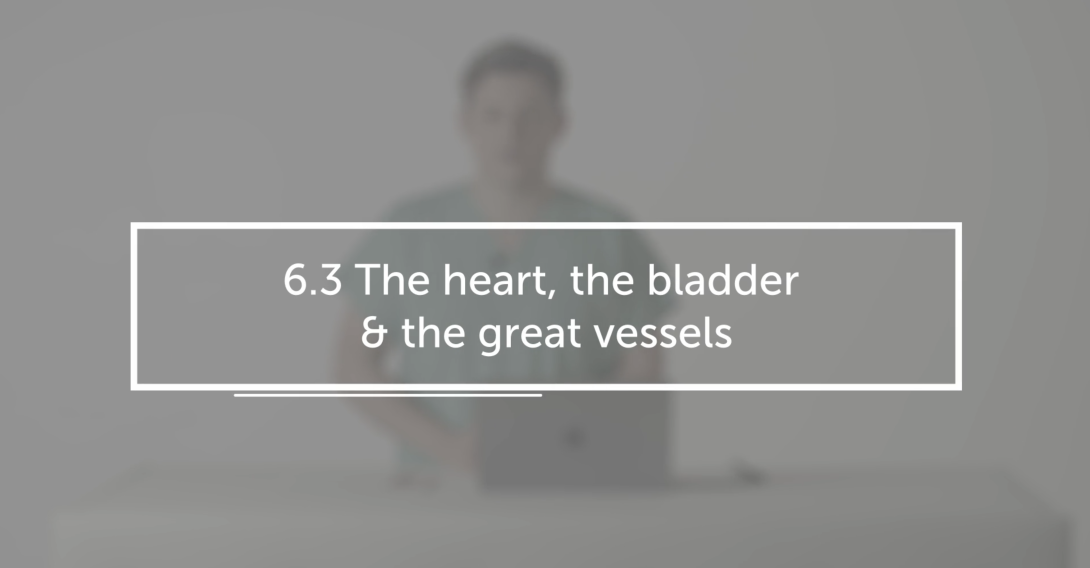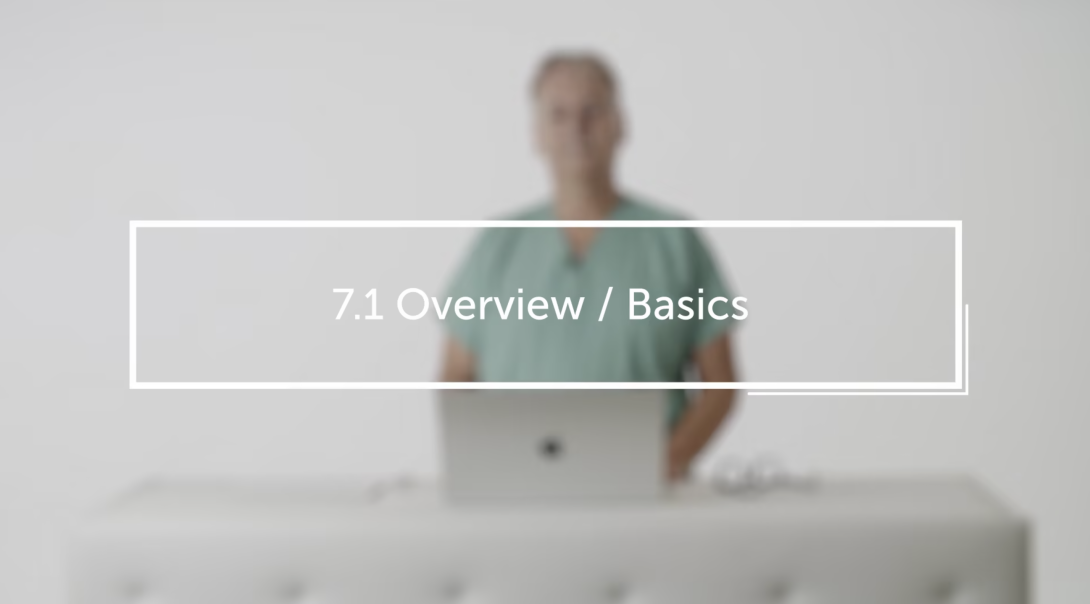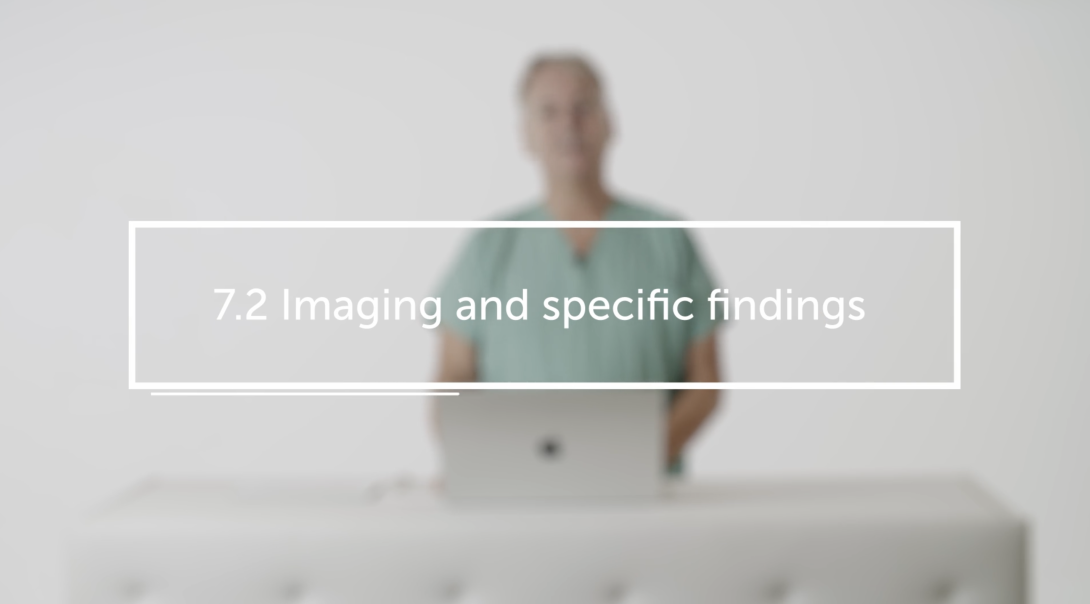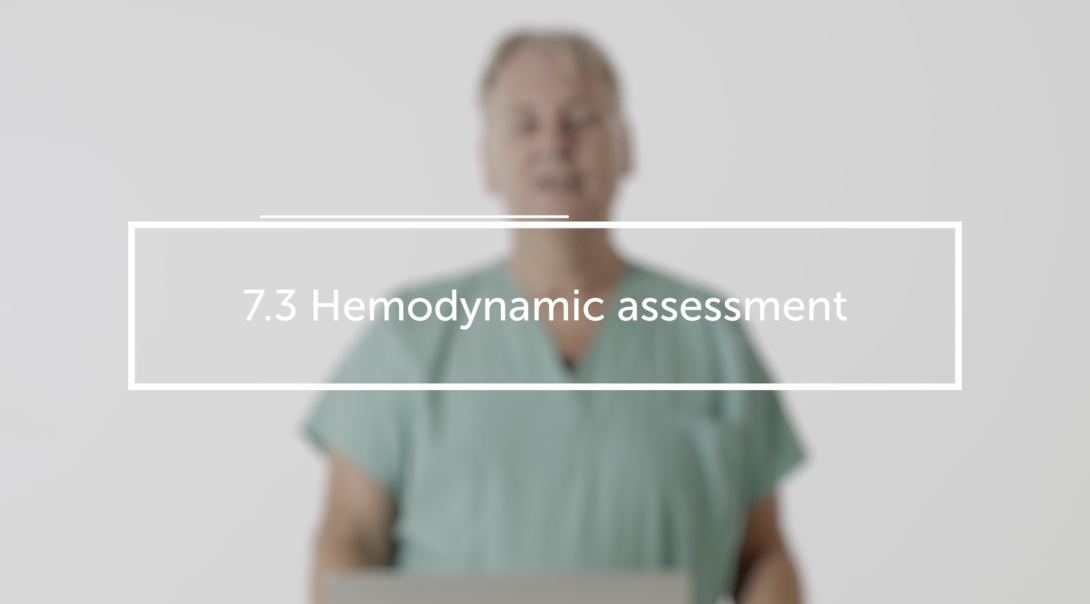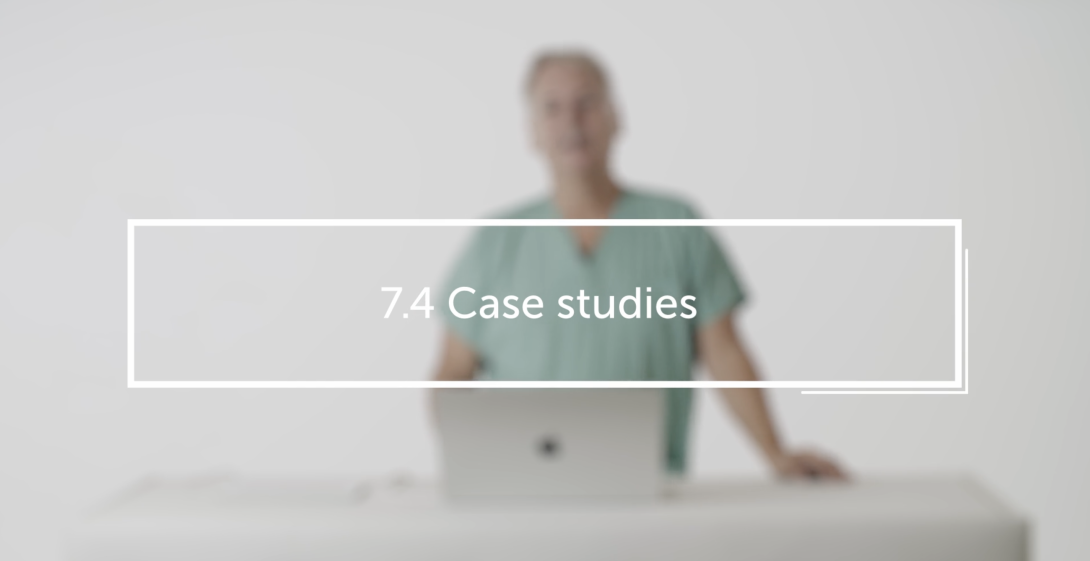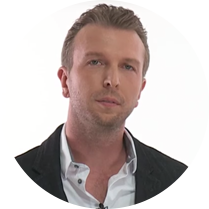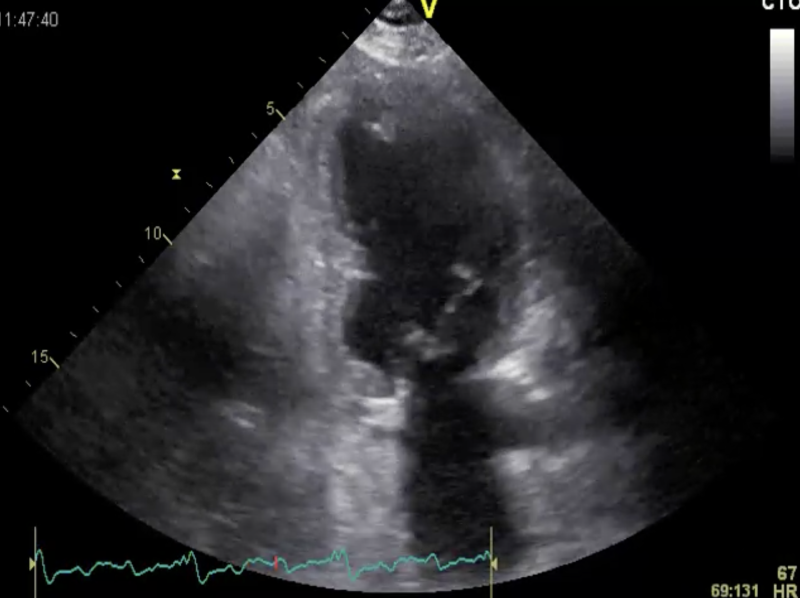
Emergency and Critical Care Ultrasound Essentials
Course Speakers
Curriculum
Chapter 1
Free lectures
In this free lecture series, you will learn why the heart is so important and which scary situations you will be able to diagnose with an ultrasound of the heart. Also, you will learn about why you should do a lung ultrasound and how it works.
2 lectures and 0 quizzes
Lectures & Quizzes:
Chapter 2
Introduction
Find out why POCUS ultrasound is so important in critical care scenarios, which approach you should use and which instrumentation you should use. In this chapter we will also show you how to apply POCUS ultrasound in cardiac arrest and cardiopulmonary resuscitation (CPR).
2 lectures and 1 quizzes
Lectures & Quizzes:
Chapter 3
Heart
We will introduce you to the basic echocardiographic views used in emergency sonography and teach you the essentials around LVF and RVF, acute coronary syndrome, pericardial effusion, cardiac tamponade, and valvular heart disease.
6 lectures and 1 quizzes
Lectures & Quizzes:
Chapter 4
Lung
Learn how to approach lung ultrasound for detecting and differentiating consolidations, pleural effusion, and pulmonary edema and how to diagnose pneumothorax with ultrasound.
3 lectures and 1 quizzes
Lectures & Quizzes:
Chapter 5
Aorta
Master the topic of aortic pathologies, learn to quickly recognize aneurysms and dissections and make sure you don't miss the diagnosis of aortic rupture. Many ultrasound image examples and live demos will guide you through this topic.
3 lectures and 1 quizzes
Lectures & Quizzes:
Chapter 6
Pulmonary Embolism - DVT
Did you know that there are direct and indirect signs of pulmonary embolisms that you can find in lung ultrasound? We teach you how to link them to your clinical findings. We also demonstrate how to diagnose or rule out a deep vein thrombosis of the lower extremity.
2 lectures and 1 quizzes
Lectures & Quizzes:
Chapter 7
Clinical eFAST in abdominal pain
Learn how to use the eFAST protocol in trauma settings and in a clinically oriented ultrasound of the heart, lungs, and abdomen in patients with acute abdominal pain, chest pain, or dyspnea.
3 lectures and 1 quizzes
Lectures & Quizzes:
Chapter 8
Hypotension, shock and syncope
Find out why echo is essential in hypotension, syncope, and different kinds of shock! We teach you a simple approach to this broad topic and put everything into context with many case examples.
4 lectures and 1 quizzes
Lectures & Quizzes:
Objectives

This online video course provides the "essentials" of emergency ultrasound.
We will cover theoretical and practical aspects of common and often critical pathologies.
Also, you will learn several potentially life-threatening conditions.
Ideal for:

Student Discount
Are you a student? Get 50% discount on this course by completing the student application form.
Get Student DiscountRecommended Blog Posts
Pricing
One-Month Access
Take the most flexible route with a monthly subscription.
You get:
- Cancellation possible anytime after 4 months minimum run time
- Ability to complete quizzes and check your knowledge
Half-Year Access
Our shortest option for very fast learners. Ideal for people who have plenty of time to learn.
You get:
- 6 months access to our course
- Ability to complete quizzes and check your knowledge
One-Year Access
Our most recommended access duration to dive deep into the course. Save 30% on the 6-month option.
You get:
- 12 months access to our course
- Ability to complete quizzes and check your knowledge
Two-Year Access
If you want to take your time learning, this option is perfect for you. Save 40% on the 6-month option.
You get:
- 24 months access to our course
- Ability to complete quizzes and check your knowledge

